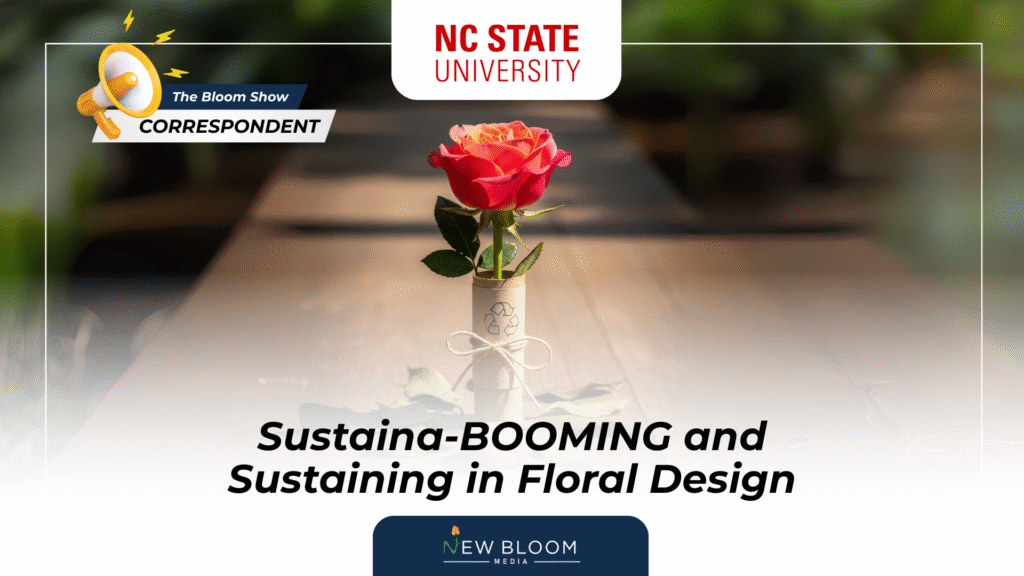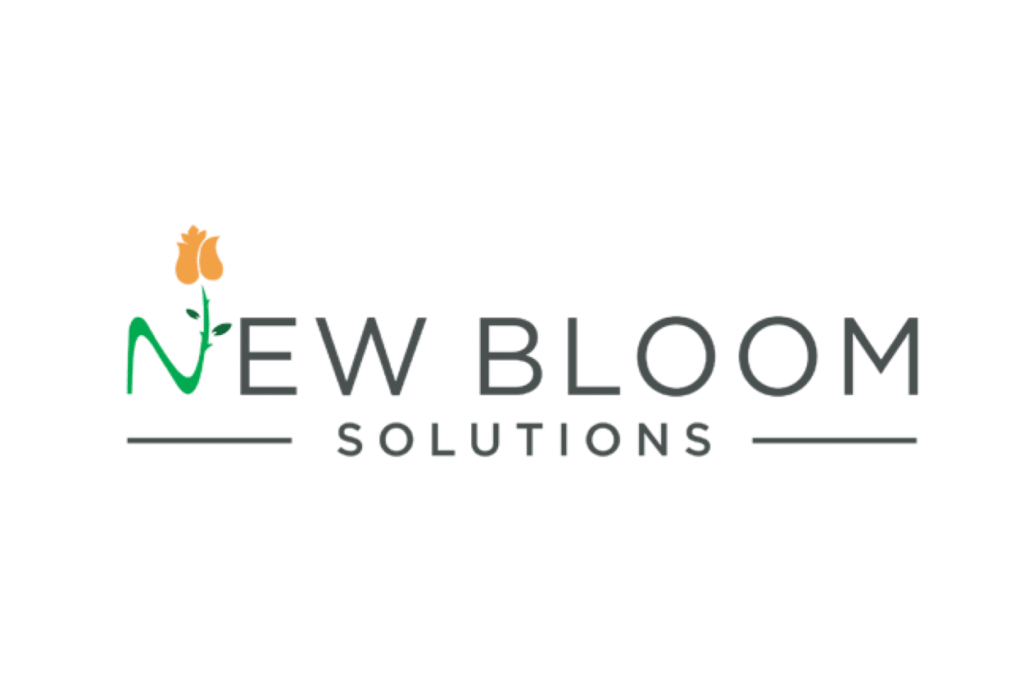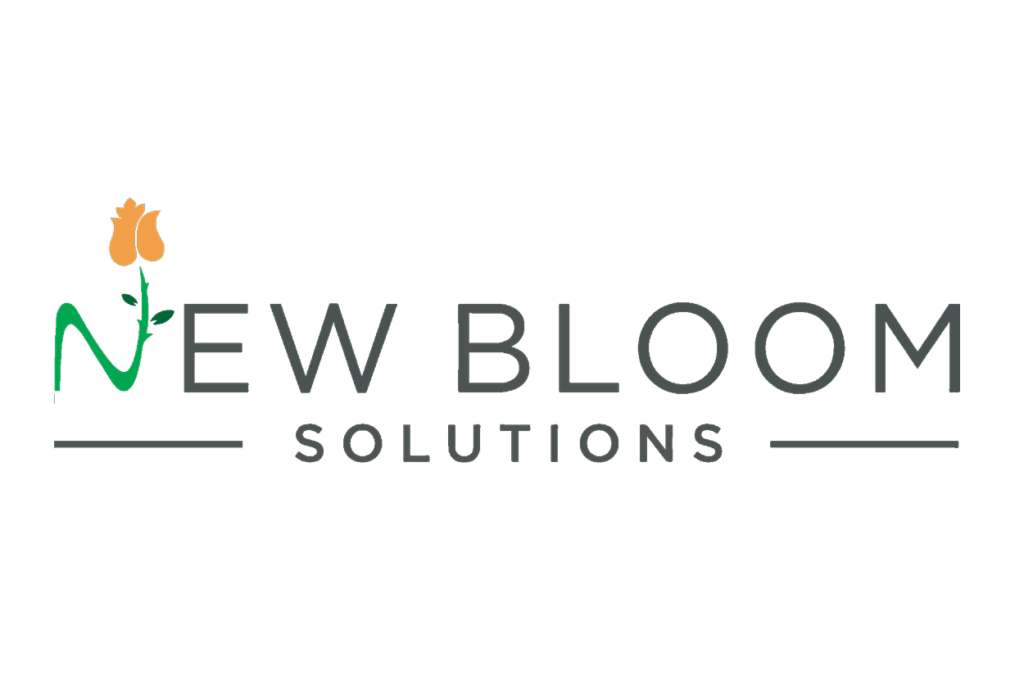Sustainability has been a hot topic the past few years, both overall in the marketplace and specifically in floriculture. Internationally, the Europeans are ahead of the rest by having policies in place on manufacturing, cut flower production qualities, and recirculatory plastic usage. Defining Scope 1 and 2 emissions is a rather regular exercise. As a result, the market had adapted to expect this time of information to be shared by peers, and consumers are selectively buying.
In the United States, we don’t have the same regulatory pressures (yet), but we do have different pressures that have energized businesses to engage in sustainable practices and programs. Sometimes this comes internally through ESG documents or from encouragement from employees, but other pressures come from consumers. Here’s the latest on what we know:
Packaging is on mind for consumers. A McKinsey & Company report from this year showed that packaging consistently has ranked as a top action area for consumers. This means that they are seeking out and choosing competitive products that are more recyclable, use less plastic, or are refills instead of full replacements of products they use. They are searching for eco-friendly language on packaging to convey that the product matches their value system. In fact, a PwC report from 2024 showed that consumers are willing to pay 10% more for goods with credible sustainability claims. This wasn’t specific to any product category, but overall consumer packaged goods (CPG).
Now, you may be saying, “Melinda, but that is only a 10% premium.” Yes, however, recall that for many product categories, consumers are price sensitivity and will change their spending if they believe the price to be out of their preferred range. Potentially gaining a 10% premium in a price-sensitivity category is great news! In addition, I want to draw your attention to a comforting statistic: the Center for Sustainable Business showed in a study published from last year that in CPG from 2013 – 2024 (a ten-year period), sustainable products represented 24% of total sales and drove 41% of category growth. Year over end, that means there was a +2% growth. The projected growth for the next five years is looking to sustain. Selling sustainable products seems to be good business.
In the floral industry, we have some recent data released by the team at Mississippi State University in collaboration with the Floral Marketing Fund that shows floral consumers favor a retailer sourcing “local” flowers within 100 miles of point of sale. Granted, this consumer perception of local is different than the legal USDA definition of 400 miles being local, but floral industry members need to be aware of this perceptual difference in definitions. In addition, top categories that consumers cared about are composting floral waste (63.9%) and using reusable/recyclable materials (60.5%). These results don’t surprise me. Consumers are familiar with these concepts by doing them at their homes, and thus, they prefer to see the businesses they support doing these activities, too.
This same study showed that floral consumers specifically are willing to pay 10% more for most sustainability attributes. Great news! The trend from earlier, where consumers are willing to pay 10% more, holds true for our industry.
To recap, consumers are one of the reasons that businesses engage in sustainability. Consumers want the products, they are willing to seek them out, and they are willing to pay more for them. In addition, they are becoming savvy, and they can tell if the green claim is too vague. Use terms that align with your core business and exemplify what actions you are taking. Align on terms like “compostable wrap”, “circularity,” “scope 1,” and “regenerative,” so sustainability plans and communication don’t get lost in buzzwords. Use these terms when you build proposals, SOPs, and training. In training, specifically so your staff can use the same terminology with your clientele. Clear words lead to consistent actions. Keep away from generic “green” language which does not appeal to consumers.
Thanks for reading! Check out the resources hyperlinked in this article and view more I’ve created with my team specifically for the floral industry at Sustainabloom.org.
About the Author
Dr. Melinda Knuth is an Assistant Professor at North Carolina State University and a leading researcher at the intersection of people and plants, with a focus on consumer behavior, economics, and supply chains in the floriculture industry. Her work has been widely recognized, including GPN Magazine’s 40 Under 40 award (2021), an AmericanHort Scholarship (2017), and her article What the Research Says About Millennials and Houseplants ranking as one of the top 10 most-read in Greenhouse Product News (2022). Most recently, her poster on AI literacy in horticulture students was voted Outstanding Poster at the 2025 NCSU Conference of Faculty Excellence. Beyond research, she serves as Division Chair of Horticulture for Development with the International Society for Horticulture Science and as a GenNext Lead with AmericanHort.
Published by New Bloom Media
New Bloom Media (NBM) is the first multi-channel B2B media platform dedicated solely to the floral industry across the Americas. Through thought leadership, industry insights, and collaborative storytelling, NBM helps businesses innovate, connect, and thrive.
Want more floral industry insights?
Subscribe to our newsletter for exclusive interviews, market updates, and innovation spotlights delivered straight to your inbox.



